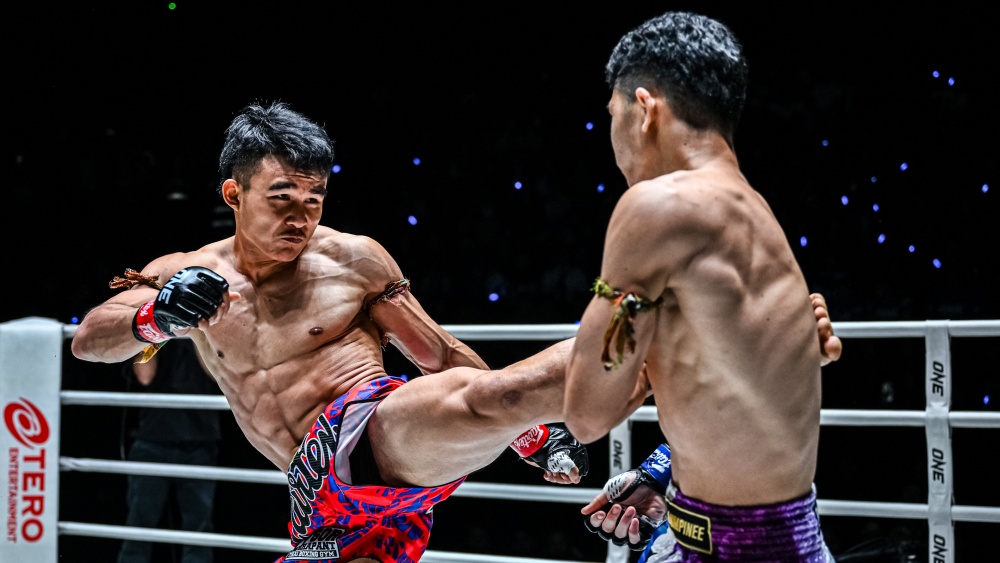Endurance is probably one of the most important abilities a Muay Thai fighter wants to have. After all, endurance determines their ability to last all 3 rounds during a fight. It ensures that a fighter never tires out, even after 15 minutes of intense effort, constantly striking and grappling with his opponents.
Endurance, or the ability to repeat an action over and over, requires two different kinds of conditioning: aerobic and anaerobic.
Aerobic conditioning, or cardiovascular exercise, is used to increase one’s rate of oxygen intake. The higher one’s oxygen intake is, the more physical exercise he can do without running out of breath. It is performed at a low to moderate pace for a longer period of time, focusing on keeping one’s heart rate slower and stronger. For a Muay Thai fighter, having good cardio means that he has more energy in the ring, giving him a greater chance of winning.
Anaerobic conditioning, or muscle conditioning, helps train one’s muscles to work, even when he has reached his limits/lactic acid threshold. It works one’s fast twitch muscle, which is needed for those repetitive short bursts of energy in Muay Thai. When a Muay Thai fighter is in the ring, he needs the strength to move around, generate power for his punches, knees, and elbows and maintain the power all throughout the fight.
Wondering how to build your endurance for Muay Thai? Today, Evolve Daily shares 7 Exercises Muay Thai Fighters Use To Build Endurance:
1) Road Work
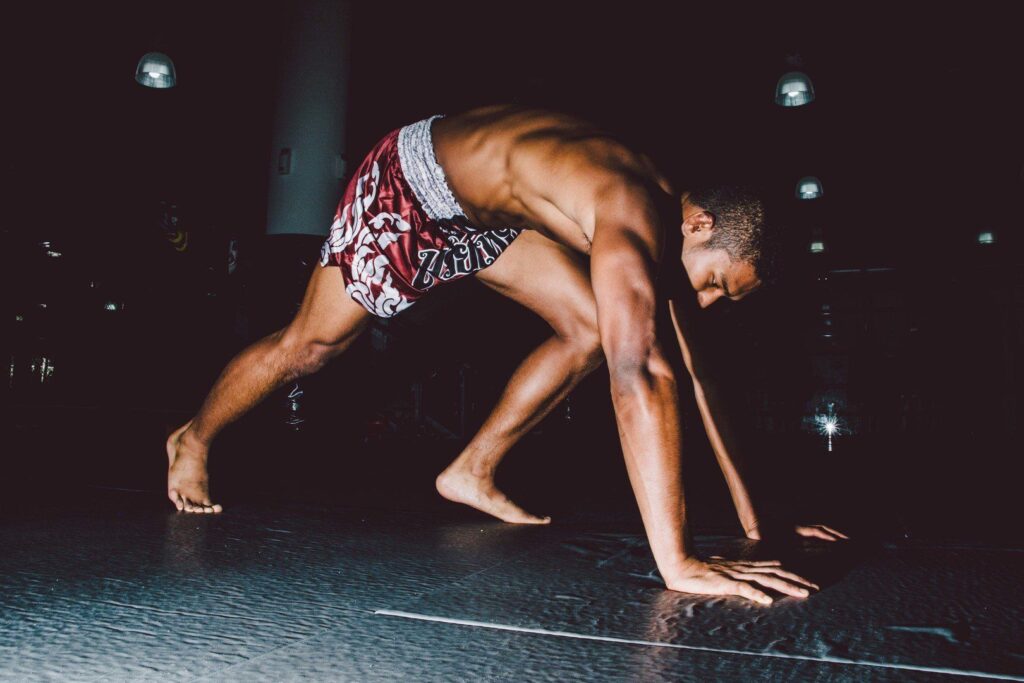
Road work or long distance running is great for getting your heart rate up. Keep a steady pace and try to jog for at least 30 minutes. If you can, add on a minute or two each week to challenge yourself.
2) Skipping Rope
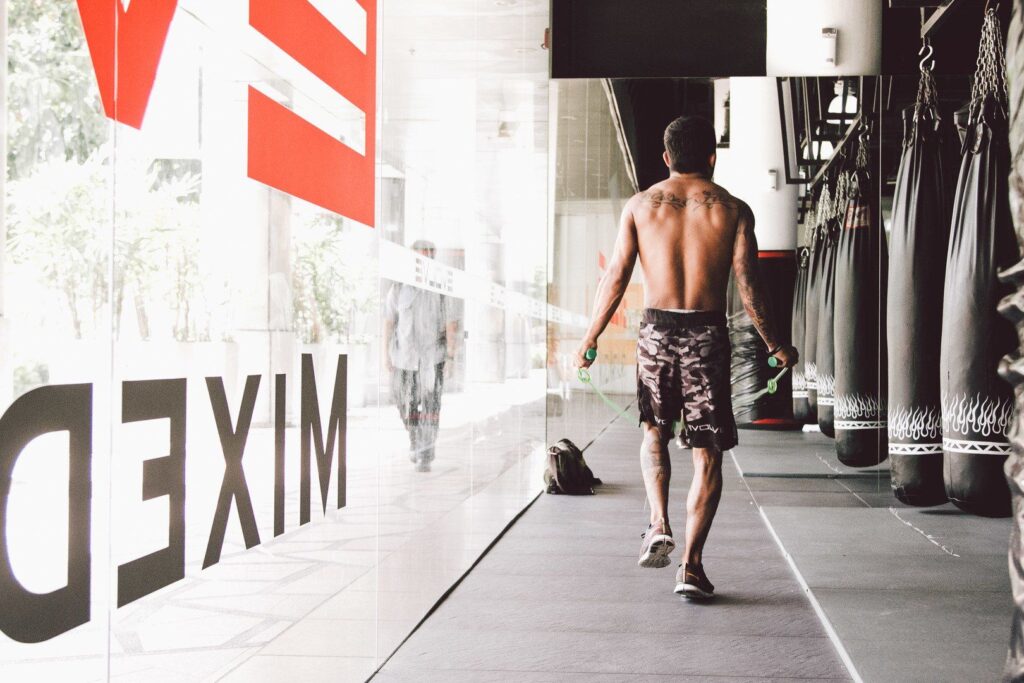
If you practice Muay Thai, your instructor probably makes you do a few rounds of skipping rope as a warm-up before class. If you find skipping rope too easy, increase the number of rounds and ensure you maintain proper form: hold the rope at about hip height and keep your elbows at a 45 degree angle, close to your sides.
You can also opt to try double unders or shifting from side to side – you should never stop challenging yourself!
3) Pad Work
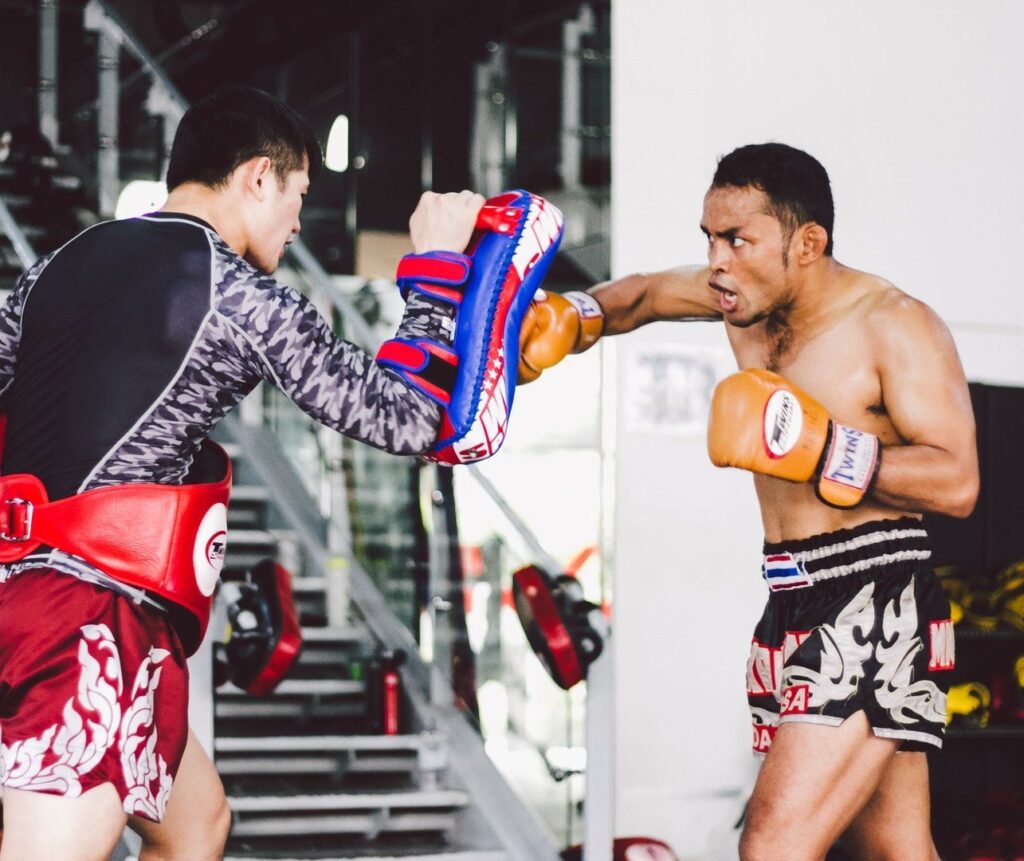
Not only does pad work help you develop your offensive skills, it also sharpens your reflexes and helps you with aerobic conditioning.
Ask a partner (of the same level) to hold pads for you for at least 5 rounds and perform at least 50-100 kicks each leg without a break with maximum intensity for 1-2 minutes. Rest 1-3 minutes and repeat. Don’t forget to maintain good tempo and form throughout and keep on moving.
4) Shadowboxing
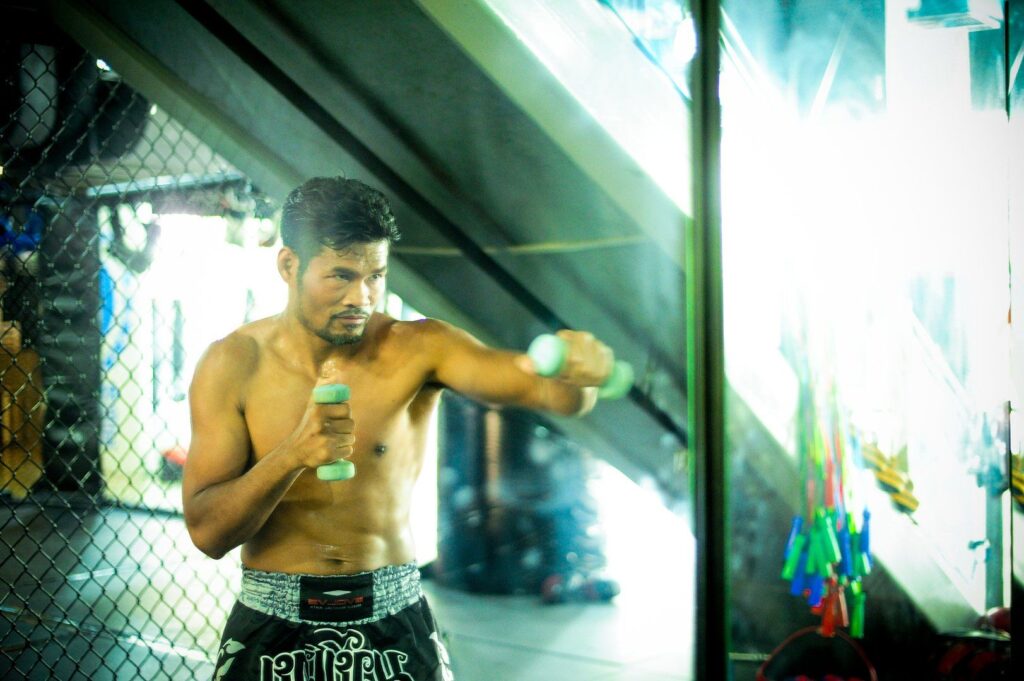
One of the best ways to work on your technique for Muay Thai is by shadowboxing, preferably in front of a mirror. By shadowboxing, you can correct your form, improve strength, power and speed. As you throw punches, elbows, knees, kicks, as well as your favorite combinations, you’ll also find yourself working up a sweat. Try to shadowbox for at least 3 to 5 rounds, using your favorite combinations. Don’t forget to rest at least a minute between rounds!
5) Heavy Bag Training
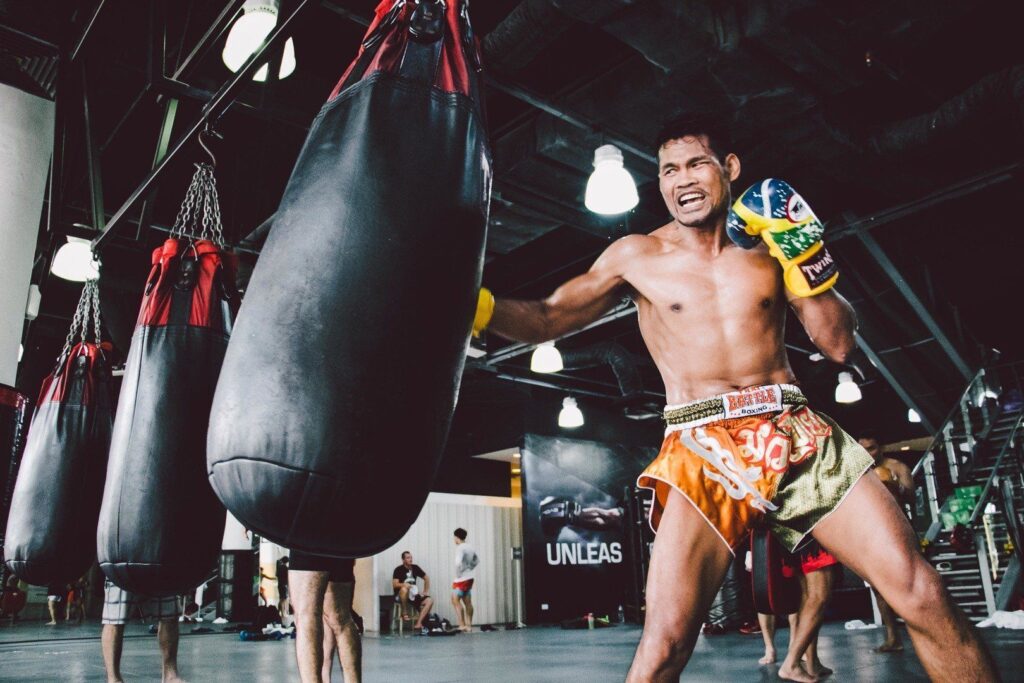
At the end of each Muay Thai class, your instructor will ask you to kick the bag at least 100 times each side. This is a form of anaerobic conditioning, as you continuously kick the bag (ideally) with full force. If you wish to do heavy bag training on your own, perform at least 5-7, 3-5 minute rounds of explosive repetitive kicking, 100 kicks each leg, resting 1 minute in between each round.
6) Sprints

One of the best ways to increase your lactic acid threshold is through high-intensity sprints. The quick ground contact mirrors the fast movement needed for striking and moving. Sprints also work the gluteal and hamstring muscles, which are also important for producing power in Muay Thai.
7) Clinching Drills
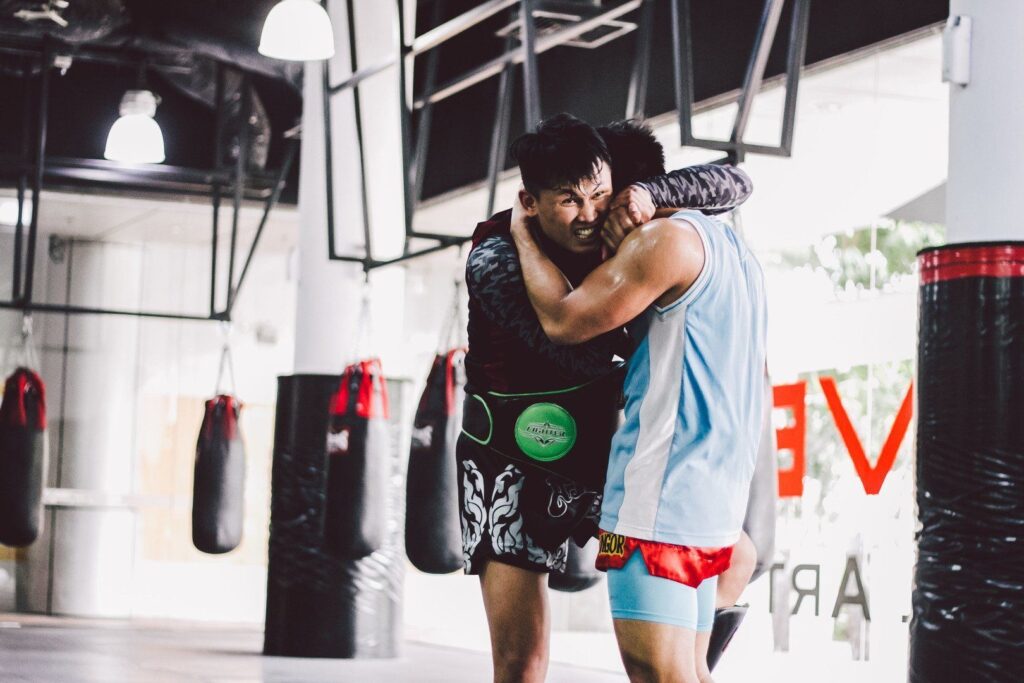
Clinching drills require lots of intensity as you and your partner constantly battle for arm position and control. It also works on your balance, knee technique and pulling strength. Try to incorporate clinching drills into your workout for at least 15-20 minutes, twice a week.
Thus, in order to get better at Muay Thai, you will need to supplement your training with both aerobic and anaerobic conditioning. This will ensure that your body can always meet the energy demand needed in order to succeed in the ring or even just in sparring class. And trust us, once you touch gloves with your opponent, the last thing you want to do is worry about your endurance!
So tell us, which of these exercises will you try out today?
You may also like:






